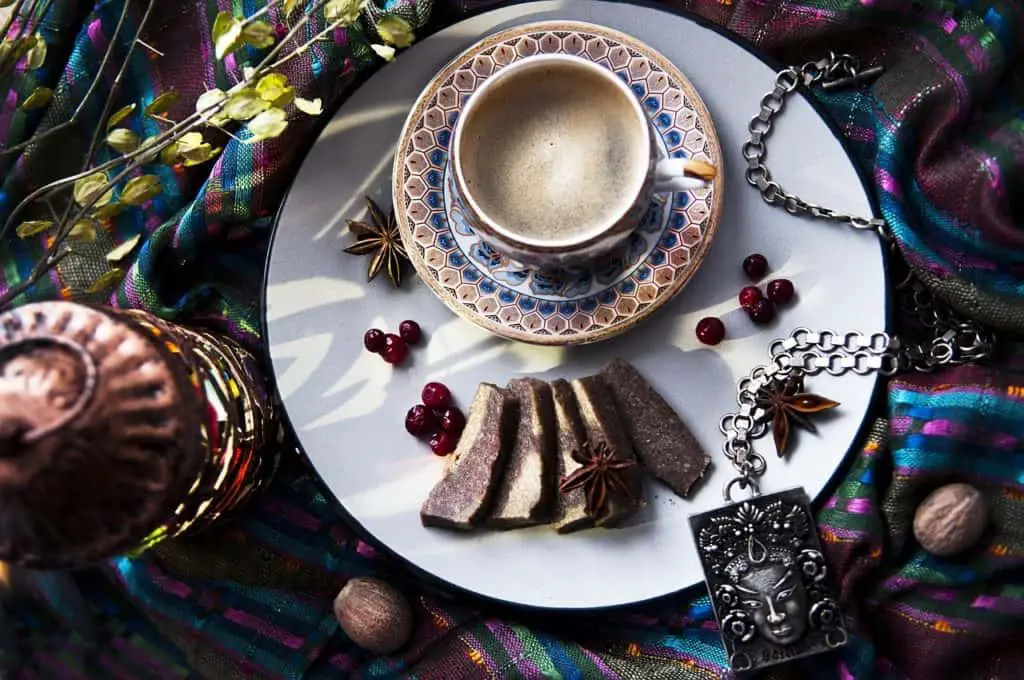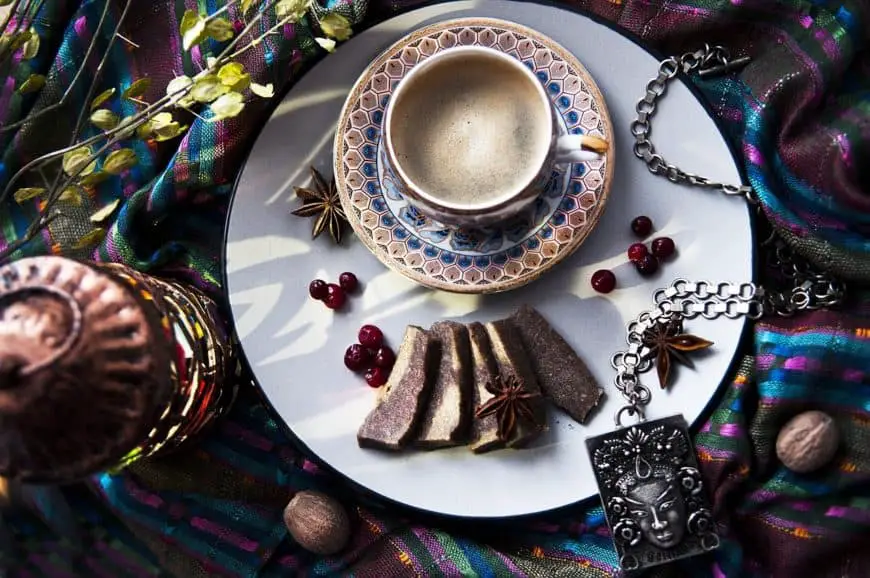
If you’re chasing a coffee experience that’s as unique as it gets, Monsoon Malabar coffee is your ticket. This Indian specialty, hailing from the misty Malabar Coast, delivers a bold, earthy flavor that stands out in every sip. Whether you’re new to specialty coffee or a seasoned enthusiast, this guide covers everything you need to know about Monsoon Malabar coffee—its taste, origins, caffeine content, and how to brew it like a pro. Let’s dive into the wild world of this monsooned marvel.
What Is Monsoon Malabar Coffee?
Monsoon Malabar coffee, often called Monsooned Coffee, is a specialty brew from India’s Malabar Coast, spanning Karnataka, Kerala, and Tamil Nadu’s Nilgiri mountains. Grown at high altitudes (1,000–1,800 meters) in rich, clayey soil, it thrives in a tropical climate perfect for coffee. Its unique flavor comes from a natural “monsooning” process, where beans soak up moisture from monsoon winds, transforming their taste and texture. Recognized under India’s Geographical Indications of Goods Act, this coffee is a true regional treasure, loved globally for its distinct profile.
The History Behind Monsoon Malabar
The story of Monsoon Malabar coffee kicks off over 400 years ago, when legend says Baba Budan smuggled seven coffee seeds from Yemen to Chikmagalur, Karnataka, sparking India’s coffee legacy. Fast-forward to the British Raj in the 19th century, when coffee was a hot commodity in Europe. Ships loaded with green coffee beans sailed from the Malabar Coast, taking months to reach Europe via the Cape of Good Hope. The humid sea winds worked magic, turning the beans pale yellow and mellowing their flavor.
When modern shipping shielded beans from the elements, that unique taste faded. To keep the magic alive, Indian growers recreated the conditions on land during the southwest monsoon, giving us the Monsoon Malabar we know today. It’s a blend of tradition, nature, and ingenuity, crafted on the same coasts and shared worldwide.
How Monsoon Malabar Coffee Is Processed
The monsooning process is what makes Monsoon Malabar special, and it’s as natural as it gets. It starts with hand-picked Arabica cherries, typically “Cherry AB” grade (dry-processed beans) from varieties like Kent, Cauwery, or San Ramon. After harvesting, the cherries are sun-dried on vast patios and sorted into premium “A” or “AA” grades. Come monsoon season (June to September), the beans are spread in open-sided warehouses along the coast, where they soak up moisture from Arabian Sea winds for 12 to 16 weeks.
Workers rake and turn the beans regularly to ensure even exposure, causing them to swell to nearly twice their size, lose density, and turn pale gold or off-white. This process strips away much of the beans’ natural acidity, creating a smooth, bold flavor. After monsooning, the beans are graded again and hand-sorted for export. Many farms, often 80–100 years old and run by third-generation growers who also cultivate pepper and cardamom, use sustainable practices to keep this tradition thriving.
What Does Monsoon Malabar Coffee Taste Like?
Monsoon Malabar coffee is a flavor adventure. Its neutral pH and low acidity deliver a full-bodied, creamy texture with a bold, earthy backbone. You’ll taste smoky, spicy, and nutty notes—think dark chocolate, hazelnut, cloves, cardamom, nutmeg, and freshly cut wood, with a malty or syrupy sweetness. Some pick up subtle berry or fruit undertones, while others notice a musty, almost moldy edge that sparks debate. Love it or not, its unique profile is unforgettable. Medium-dark roasts punch up the spice and nuttiness, while lighter roasts keep things sweeter and brighter.
| Flavor Notes | Description |
|---|---|
| Primary | Earthy, smoky, spicy, nutty |
| Secondary | Dark chocolate, hazelnut, cloves, cardamom, nutmeg, wood |
| Sweetness | Malty, syrupy, subtle berry or fruit |
| Texture | Creamy, full-bodied, smooth |
Is Monsoon Malabar Arabica or Robusta?
Monsoon Malabar is primarily Arabica, though a Robusta version exists. The Arabica variant, made from high-quality Cherry AB beans, is the star of the show, prized for its nuanced flavors and low acidity. Robusta Monsoon Malabar is less common but offers a bolder, more caffeinated kick. Arabica’s dominance makes this coffee a go-to for specialty brews, perfectly suited to the monsooning process.
How Much Caffeine Is in Monsoon Malabar Coffee?
As an Arabica-based coffee, Monsoon Malabar has moderate caffeine content, roughly 95–200 mg per 8-ounce (240 ml) cup, depending on the roast and brewing method. Lighter roasts may pack a bit more caffeine, while darker roasts lose some in the process. If you’re caffeine-sensitive, check with a doctor, but Monsoon Malabar’s Arabica roots make it gentler than Robusta-heavy coffees.
| Brew Method | Caffeine (8 oz) |
|---|---|
| Espresso (1 oz) | 60–80 mg |
| Drip/Filter | 95–150 mg |
| French Press | 100–200 mg |
| Cold Brew | 100–180 mg |
How to Roast Monsoon Malabar Coffee
Roasting Monsoon Malabar takes a bit of finesse due to its low-density, swollen beans, which need longer in air roasters (about 2–3 minutes more on an SR-500). A medium-dark, full-city roast is the sweet spot, boosting spicy and nutty flavors while drawing out natural sweetness. Light roasts work too, especially if you love low-acidity coffees with brighter notes. Roast the beans solo, not in blends, to account for their unique size and density. For the freshest flavor, enjoy within 3 days to 2 weeks post-roast.
Best Brewing Methods for Monsoon Malabar
Monsoon Malabar shines in bold brews like espresso, where its low acidity and rich body create a solid (if slightly thinner) crema. It’s also a winner in Moka pots, French presses, or pour-over setups like Chemex or V60, which let its earthy and spicy notes sing. While iced coffee isn’t its forte due to muted acidity, cold brew is a great pick, delivering a smooth, bold sip. Drink it black to savor its complexity or add a splash of cream—milk might dilute its punch. It blends beautifully with fruity coffees like Ethiopian Sidamo or Colombian Castillo for a killer espresso shot.
Pairing Monsoon Malabar Coffee
This coffee plays well with earthy dishes like mushroom risotto, which amplify its musky vibes, or spicy foods that echo its clove and cardamom notes. For desserts, pair it with chocolate pudding, shortbread, biscotti, or fruity pastries to complement its malty sweetness. It’s a versatile pick for breakfast or after-dinner sipping, making any meal feel a little more exotic.
Why Monsoon Malabar Stands Out
Monsoon Malabar coffee isn’t just a drink—it’s a journey to India’s monsoon-swept coasts, where tradition and nature craft something truly special. Its bold, earthy taste and creamy texture make it a favorite for espresso, Moka pots, or filter brews, though its unique flavor can be a love-it-or-hate-it affair. Whether you’re a coffee nerd chasing the perfect pour-over or just craving something new, one sip will whisk you to Karnataka and Kerala, where sea winds and history collide.
Can’t track it down at your local roaster? Grab a bag from online spots like Amazon, Burman Coffee Traders, or Third Wave Coffee Roasters. Brew a cup, and let Monsoon Malabar’s wild, bold spirit take you away.

